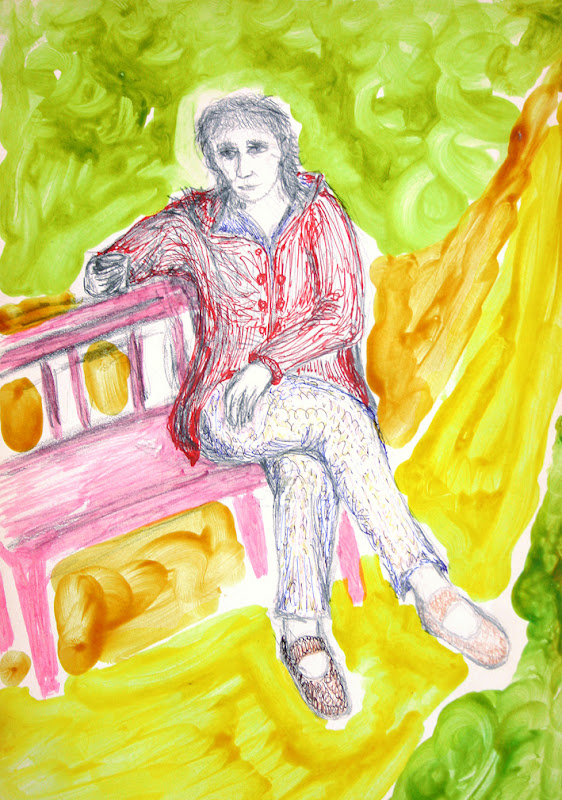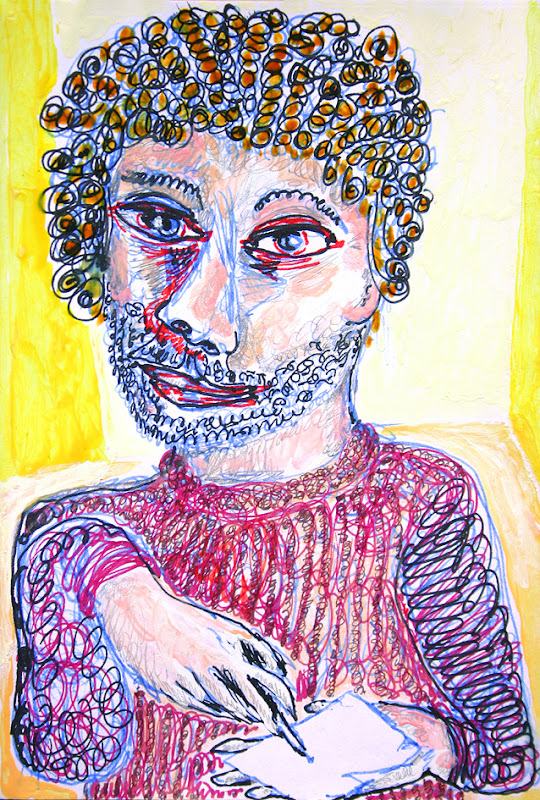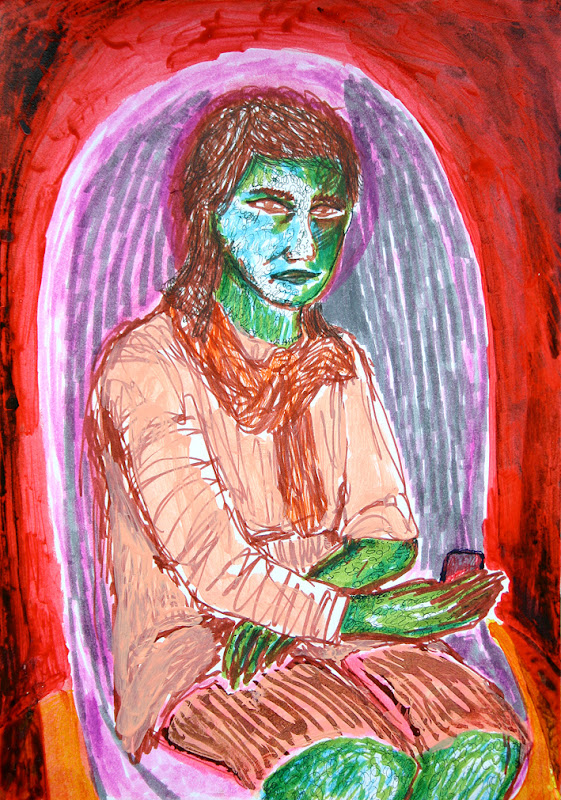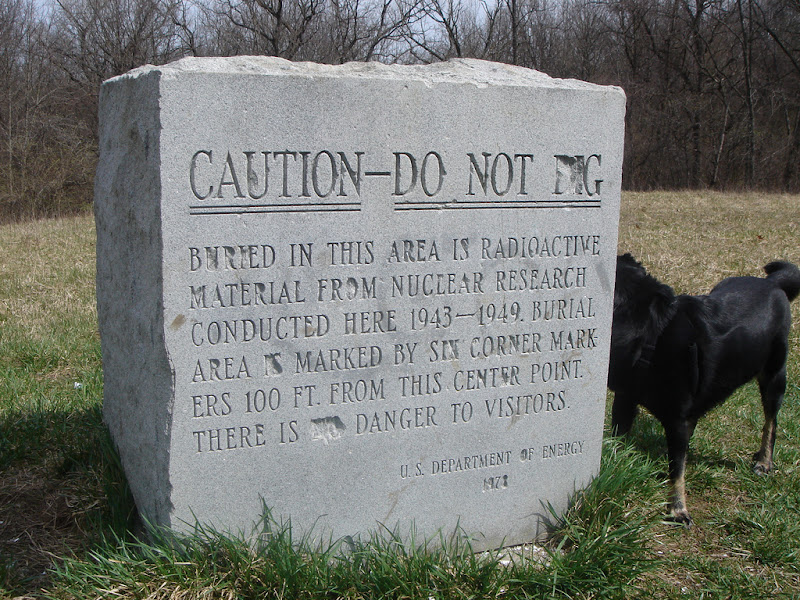title says it all. this post is self-fulfilling ;-) since it is the 20th post of january, and in 2010 there were only 19 posts on this blog. just to show you how empty self-reference can be...although in the foundations of mathematics, self-reference is a profound tool.
kurt gödel's
incompleteness theorems hinge on the possibility of encoding mathematical statements about our number system in numbers. [the whole numbers 0,1,2,...with addition and multiplication]. combine this with the fact that formal derivations in the number system can also be coded as calculations on numbers, and with quite some work one gets a statement Q about numbers which talks about itself...namely Q, when decoded, reads:
the statement Q cannot be formally derived in the formal number system.
suppose Q can be formally derived...then -assuming the number system is consistent- this means that Q is true, but then Q cannot be formally derived! contradiction. since the assumption that Q can be formally derived leads to contradiction, we conclude that Q cannot be formally derived. this means that Q is true!
wow, you say, so what. but this is one of the most profound insights in the limited power of formal human reasoning that i have ever come across. roughly speaking, it means that no matter how hard we try to formalize our reasoning, if the formal system is strong enough (and consistent) then we will always come across statements which are obviously true but which cannot be derived in our formal system hence the name `incompleteness theorem'. the second incompleteness theorem states that especially the consistency of the system cannot be formally derived within the system.
gödel's incompleteness theorems were a shattering blow to the program of david hilbert, who wanted to formalize all of mathematics. the dutch mathematician l.e.j. (jan) brouwer had already predicted in his phd-thesis (1907) that this would be impossible, on mathematical-philosophical grounds. but gödel gave a sharp mathematical proof, in 1931.
********
for me, there is some relevant personal history here...since you could say that both my mathematical career and my artistic career were fueled by the absolutely marvelous book `
gödel escher bach - an eternal golden braid' (written by
douglas hofstadter, and winner of the pulitzer prize for non-fiction in 1980 - when i was fifteen).
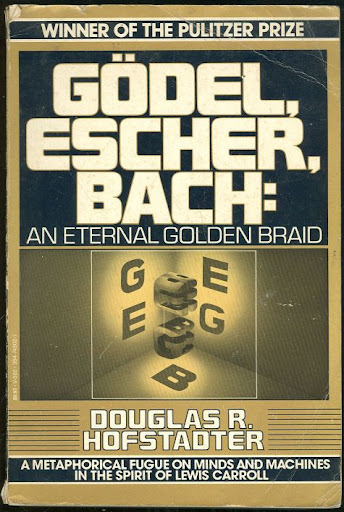
few other books have so sparked my interest in art, neuroscience and mathematics as this book, and it is wonderful that there are people like douglas hofstadter devoting time and energy to translate difficult concepts from mathematics and natural science to a more general audience.
and yes i will come back to maurits escher once more in later posts...(did i mention somewhere how much i love bach's music? but i know very little about music, so i won't write about it on this blog i think).
in art, also self-reference can play various important roles. one obvious role is that of the self-portrait...(see some recent previous posts for digital self-portraits) and i will come back to that also, after i finish the thread on nuclear energy and art.
*******
this post was partly sparked by my lunch today with paul, staunch supporter of this blog and its author, who repeated his earlier remark that i should not forget to combine my mathematical background with my artistic endeavour from time to time.
so thank you paul!
